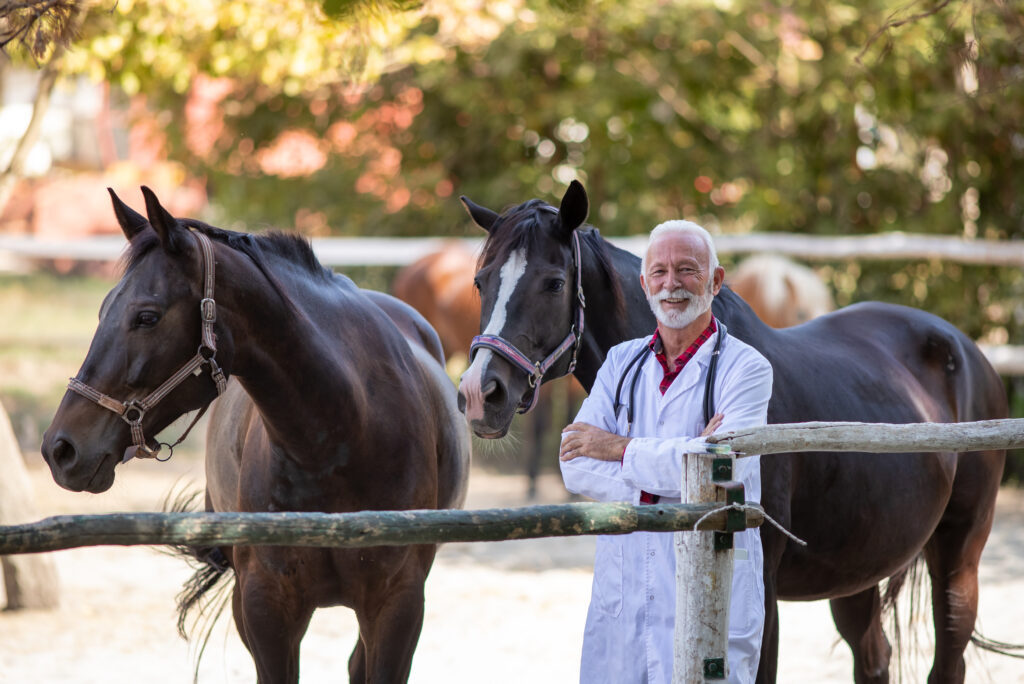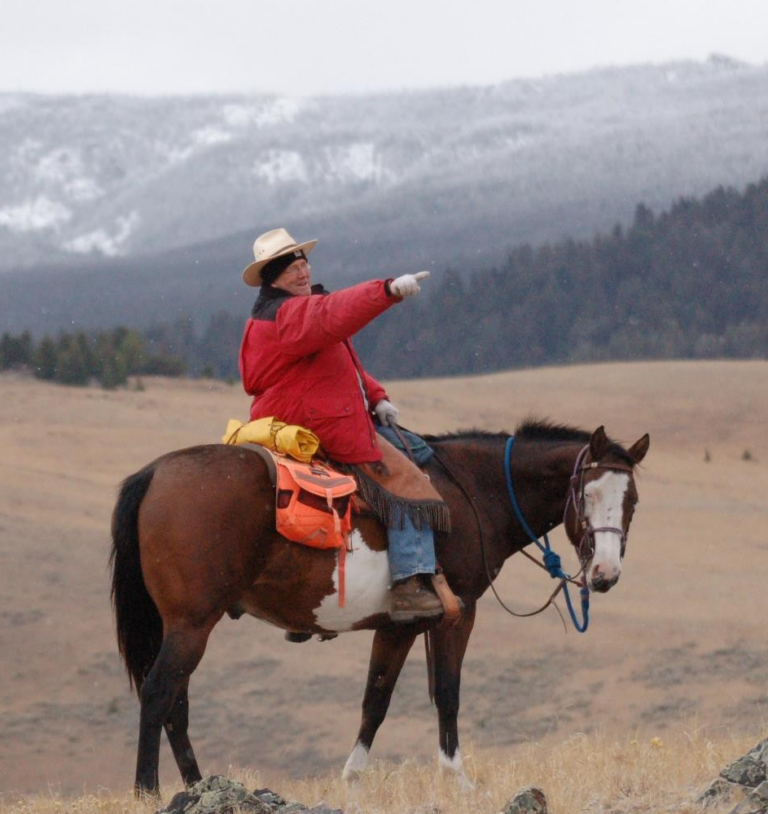
Equine veterinarians are frequently injured during their work or while pursuing active hobbies like running, skiing, and horseback riding. Many of these injuries heal without incident, while others require surgery and other interventions. Knees, shoulders, wrists, and backs seem to be overrepresented among the injured body parts. In addition, over the decades, wear and tear from the repetitive motion of rectal palpation or lifting, moving, and twisting while carrying weight can become additive and painful. With advancing age, old injuries start to cause low-grade chronic pain, which often worsens with continued use.
Prevalence of Injuries in Equine Veterinary Practice
In 2016, the AVMA/AAEP Equine Economic Study queried equine veterinarians about their physical wellness. Responses to questions about injuries received during practice revealed that of 764 respondents, 46% had never been injured, 20% had received one injury, 26% had received two to four injuries, and 5% had received more than five injuries. Almost half reported missing no workdays, and 37% missed fewer than seven days of work. One hundred fifty-nine respondents (21%) required hospitalization, and 194 (25%) required surgery.
A follow-up survey published in EquiManagement in 2018 asked respondents if they had ever been hospitalized or been to the emergency room because of an injury received during their work as an equine veterinarian. Almost a fifth (18.4%) had been hospitalized, and 48% had visited the emergency room. A robust 32.3% of respondents revealed they had broken a bone from their work as an equine veterinarian. Of the 39 comments reporting fractured bones, the most common were ribs, followed by toes and fingers, tibial plateau, and facial bones. A shocking 52.2% of respondents reported receiving an injury to their face or head during their work as an equine veterinarian. The most common face or head injuries among 28 comments were lacerations, followed by black eyes and concussions. Not surprisingly, almost a third (30.2%) of respondents reported permanent physical limitations or chronic pain from an injury received during work as an equine veterinarian.
The Toll of Chronic Pain in Veterinary Practice
According to the American Psychological Association, “By definition, chronic pain is pain that lasts longer than six months and affects how a person lives their daily life.” Chronic pain is physically and psychologically stressful, and its constant discomfort can lead to feelings such as anger, frustration, hopelessness, sadness, and anxiety. Because emotional and physical pain are closely related, persistent pain can lead to increased levels of stress. People often think of pain as a purely physical sensation, but pain has biological, psychological, and emotional factors. Learning how to deal with your stress and uncomfortable emotions includes all the usual recommendations of eating a healthy diet, getting plenty of sleep, and staying as active as you can. Importantly, also being engaged in community or family activities that bring you joy and spending time with supportive people daily can markedly help you handle your daily stress and pain. Understanding and managing the thoughts, emotions, and behaviors that accompany your pain can help you cope more effectively and can reduce the intensity of your suffering.
Strategies for Minimizing and Managing Chronic Pain
For early-career equine veterinarians, being mindful of ergonomics while working, staying strong and flexible, and avoiding taking risks during veterinary work will help minimize future chronic pain. For those already suffering from the wear and tear of a physical career, try to maintain a healthy weight, take judicious amounts of NSAIDs, and stay as active as possible. It is a privilege to grow old, despite the discomfort it can bring.
Related Reading
Stay in the know! Sign up for EquiManagement’s FREE weekly newsletters to get the latest equine research, disease alerts, and vet practice updates delivered straight to your inbox.









